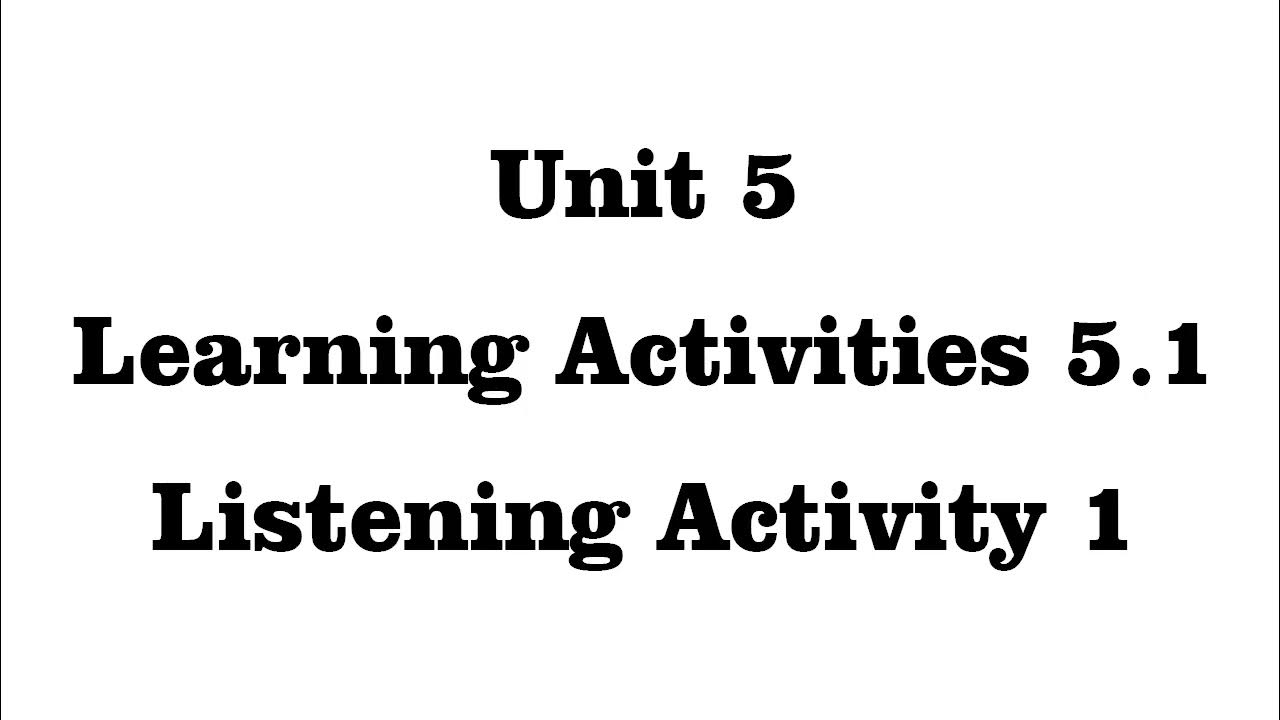How to Create Desmos Art 2 - Curves, Waves, Ellipses - Step by Step Guide
Summary
TLDRIn this Desmos art tutorial, the focus is on using curves, waves, and ellipses to create intricate digital artwork. Starting with basic quadratic functions, the tutorial guides viewers through creating Pikachu’s head and ears with vertex forms and square roots for curves. It introduces the use of circles and ellipses for detailed features like eyes and cheeks, followed by sine functions to depict waves. Throughout, viewers are taught how to use sliders, duplicate equations, and organize their work using folders. The video emphasizes efficiency, symmetry, and the importance of domain restrictions for precision in graphing.
Takeaways
- 😀 Curves are a fundamental component of Desmos art, and understanding how to manipulate them is essential for creating complex designs.
- 😀 The vertex form of a quadratic function offers more flexibility for transforming graphs compared to the standard form.
- 😀 Using a square root function in Desmos provides additional mobility and control over curves, allowing for more diverse shapes.
- 😀 To create more intricate curves, adjusting the power of the equation can help generate different forms, like more 'square-like' curves.
- 😀 Symmetry in Desmos art makes it easier to replicate and mirror shapes, as seen when graphing Pikachu's ears and head.
- 😀 Using folders in Desmos helps manage large projects, keeping equations and components organized for easier navigation.
- 😀 Duplicating equations saves time and is helpful for creating mirrored or repeated elements, such as Pikachu's symmetric features.
- 😀 For elements like cheeks and eyes, basic shapes like circles and ellipses are used, with sliders allowing for adjustments to achieve the desired look.
- 😀 Ellipses in Desmos are similar to circles but allow for more control through the use of different sliders for the horizontal and vertical axes.
- 😀 For more advanced projects, creating restrictions (domains) early in the process can prevent messy or inaccurate graphs and ensure cleaner results.
- 😀 The sine function is ideal for creating wave-like patterns, and understanding its transformations (amplitude, wavelength, etc.) is crucial for designing realistic water or sky scenes in Desmos.
Q & A
What is the importance of curves in Desmos art, according to Mehmet?
-Curves are considered the most important part of Desmos art because they are essential for creating visually appealing and complex designs. Without using curves, it is very challenging to make a good piece of Desmos art.
What is the advantage of using the vertex form of a quadratic function in Desmos art?
-The vertex form of a quadratic function allows for easier graph manipulation, enabling users to transform and move the graph more effectively. This gives artists greater control over the curve's appearance.
What is the function mentioned that offers even more control than the vertex form for creating curves?
-The function Mehmet suggests is similar to the vertex form but uses a square root. The formula is: y = a * sqrt(b + (x - h)^2) + k. This equation provides more flexibility in creating various forms of curves, including v-shaped ones.
What is the significance of symmetry in Desmos art?
-Symmetry plays a crucial role in Desmos art because it simplifies the process of drawing. By using symmetric pictures, artists can duplicate equations to save time and effort when creating the artwork.
How does Mehmet recommend organizing a Desmos art project for better manageability?
-Mehmet suggests using folders within Desmos to organize complex projects. Folders allow you to group different parts of the project together, making it easier to manage equations and keep everything organized.
Why does Mehmet duplicate and transform equations in the process of creating art?
-Duplicating and transforming equations allows Mehmet to create multiple similar curves without having to rewrite the entire formula each time. This technique is especially useful for symmetric designs, saving time and effort.
What is the difference between the way Mehmet handles circles and ellipses in Desmos art?
-Mehmet uses a specific formula for ellipses, which includes denominators to control the stretch of the shape along the x and y axes. In contrast, circles are simpler and can be created using a basic circle equation without the need for denominators.
What specific equation does Mehmet use to create the eyes in Desmos art?
-Mehmet uses the general formula for an ellipse: (x - h)^2 / a + (y - k)^2 / b = r^2. This allows him to control the shape and dimensions of the eyes, which are elliptical rather than perfectly circular.
What type of mathematical functions does Mehmet use for the waves in the summer scene project?
-For the waves, Mehmet uses sine and cosine functions. Both functions are transformations of each other, and he primarily uses sine to graph the waves in the scene. He also manipulates their wavelength, amplitude, and period using sliders.
What is the final step in the Desmos art process described in the video?
-The final step is coloring the art, which will be covered in the next video tutorial. Mehmet also encourages viewers to experiment with their own projects and share their results for feedback.
Outlines

Этот раздел доступен только подписчикам платных тарифов. Пожалуйста, перейдите на платный тариф для доступа.
Перейти на платный тарифMindmap

Этот раздел доступен только подписчикам платных тарифов. Пожалуйста, перейдите на платный тариф для доступа.
Перейти на платный тарифKeywords

Этот раздел доступен только подписчикам платных тарифов. Пожалуйста, перейдите на платный тариф для доступа.
Перейти на платный тарифHighlights

Этот раздел доступен только подписчикам платных тарифов. Пожалуйста, перейдите на платный тариф для доступа.
Перейти на платный тарифTranscripts

Этот раздел доступен только подписчикам платных тарифов. Пожалуйста, перейдите на платный тариф для доступа.
Перейти на платный тарифПосмотреть больше похожих видео
5.0 / 5 (0 votes)






